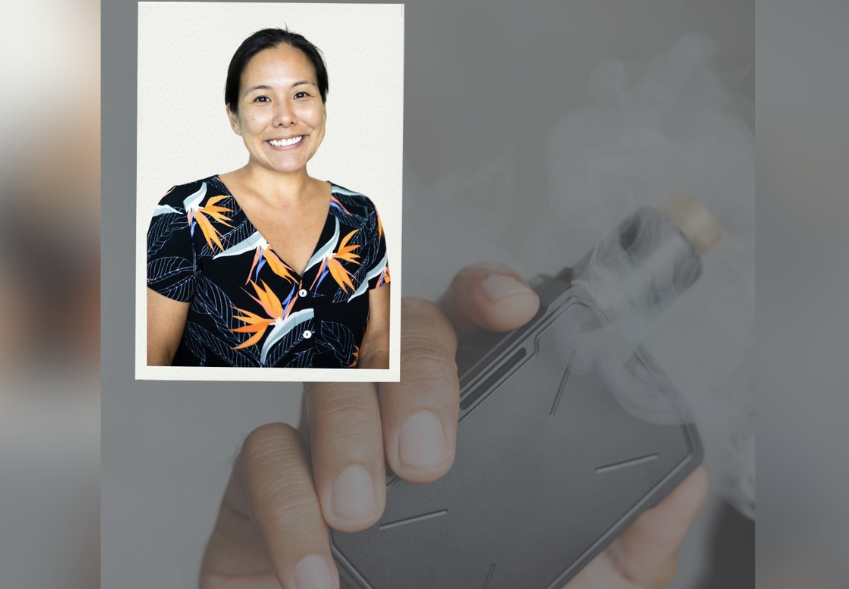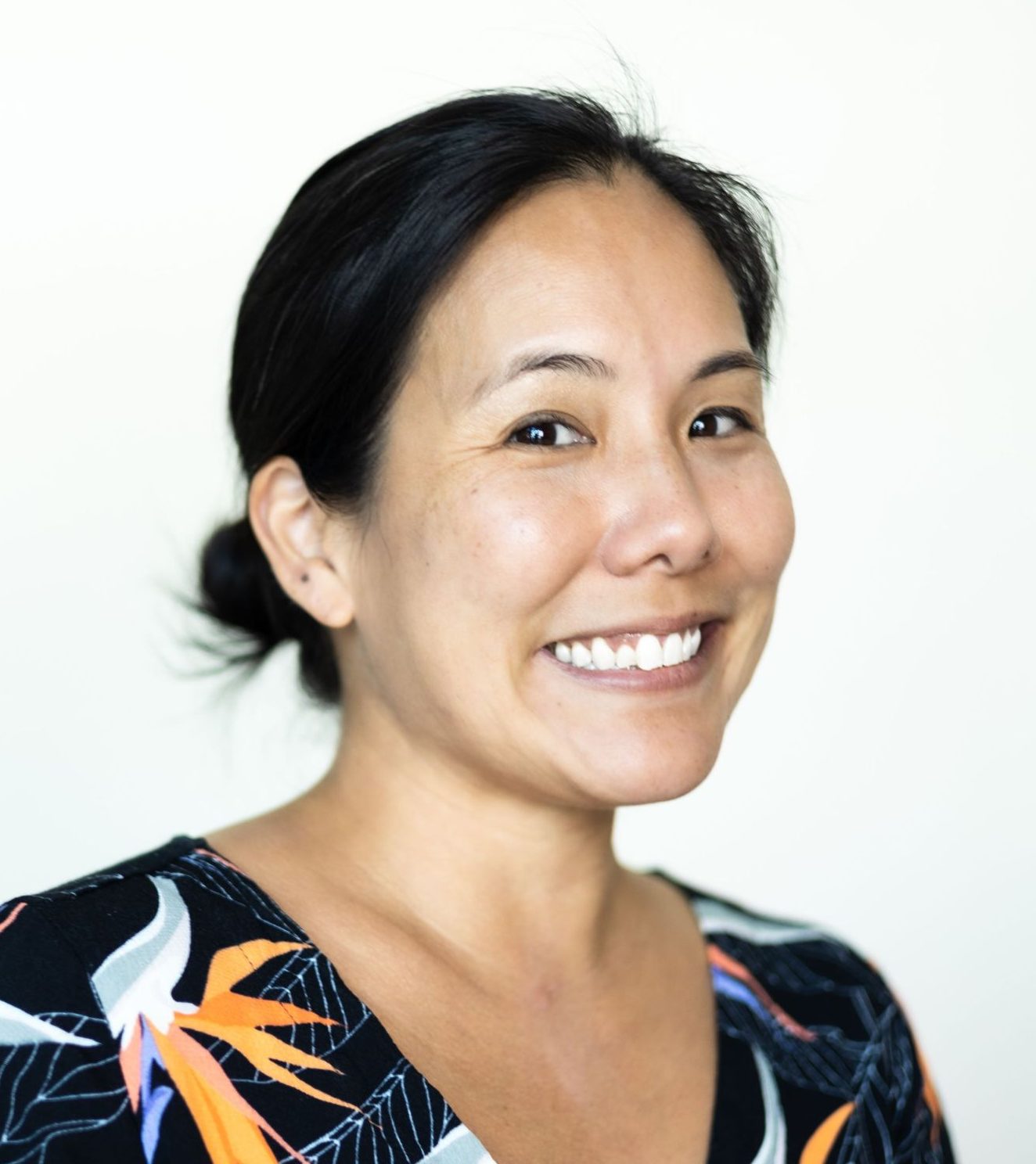"It was good day yesterday as Dr. Spero Manson and I welcomed Dr. Keawe Kaholokula…

JABSOM Researchers Uncover Realities of Vape Use in Rural Hawaii (excerpt from JABSOM Med Weekly)

https://jabsom.hawaii.edu/news-events/news/2024/06/realities-of-vape-use-in-rural-hawaii.html
JABSOM MED Weekly (June 21, 2024): Posted by Matthew Campbell
“[Normally] it [would] be pretty easy to say “no,” but, like, if it was a good friend I knew that was trying to hook [me into using] it, then it would be pretty hard. You know them for a long time and you just do whatever [they ask] because they’re your friend.”
That was the response from one of the 69 middle school students interviewed by JABSOM Department of Native Hawaiian Health, University of Hawaiʻi Cancer Center and the Thompson School of Social Work and Public Health, and University of California Riverside researchers as they explored effective strategies to prevent vape use. The multidisciplinary team, which includes University of Hawaiʻi students, works with Hawaiʻi Island schools to understand substance use to inform prevention curriculum development and implementation. We sat down with one JABSOM member of the team, Dr. Kelsie Okamura, to understand their most recent study.
“The data on substance use, especially within Native Hawaiian and Pacific Islander youth, seem to suggest that the age at which prevention interventions are effective or most needed tends to be in middle school or even earlier,” said Dr. Kelsie Okamura, with JABSOM’s Department of Native Hawaiian Health.
Dr. Okamura and team took the project to Hawaiʻi Island middle schools and, through interviews or focus groups, got a first-hand glimpse into what our middle schoolers encounter when it comes to the temptation to use vapes.
“It’s happening at the backyard paʻina. It’s with friends at the school bus stop, the gym, and the community center. Those are some of the scenarios we are hearing about,” Dr. Okamura shared.
The research also examines the effective interpersonal methods, often called resistance skills, that students use to stay away from vaping.
REFUSE
Overtly saying “no” in response to a vaping offer.
“This strategy seemed to work best when the youth lacked a close relationship with the offeror,” Dr. Okamura explained.
“Some boy came up to me once and asked if I wanted to [vape], and I said no, and then he kind of just stopped bothering me. [He] came up to me when I was talking with my friends and was like, “Hey, do you want to take a hit?” And I was like, “No, thank you.” And he was like, “Oh, but I have like a bunch of different flavors and stuff.” And I was like, “Nooo.”
Dr. Okamura notes that the firm “no” was most effective when the student had no relationship with the person offering the vape. When students knew the person offering the vape, Dr. Okamura found that many would employ the “explain” strategy.
EXPLAIN
Using an explanation in response to a vaping offer.
“Explanations tended to be used more as a resistance strategy when youths had a closer relationship with the offeror,” Okamura said. “In these situations, one student made an excuse, saying they had asthma.”
One student who was interviewed turned down the vape saying he wanted to achieve his goals.
“I’m just going to tell him “No.” Before, I didn’t have a reason, but I’m trying to get to somewhere now, so I can’t [keep] doing that stuff, you know? I’m trying to do a lot of sports, and I go to the gym, so I need all the energy I can get. So, I can’t [vape]. And we run a lot, and we do a lot of things, and then I got to sign up for wrestling later. I [also] do basketball, so I can’t [vape].
AVOID
Avoiding a situation where vaping is occurring.
“The students reported they would avoid situations where there was widespread e-cigarette use, but it seemed pervasive,” Dr. Okamura said. “Members in this group said it was widespread in their community, including the arcade at the mall, the park, and the gym.”
One student went to the length of socially isolating himself from peers.
“Like, even if you do go out sometimes, you might get offered it. The more you go outside, the more you talk to people, the more popular you are, the more you might get offered to vape.”
LEAVE
Leaving a situation after a vaping offer occurs.
“This was also a common strategy when the students didn’t have a close relationship with the person offering the vape,” Dr. Okamura said.
It was also common for students to employ a combination of these strategies.
“When they are like walking and following us into the bathrooms, I usually walk out and then leave them and tell them to leave me alone, but if they don’t, then I just ignore them. Act like nobody is there.”
The study may be eye-opening to parents, and the successful methods being used by middle schoolers will be built into the curriculum for Hoʻouna Pono, a culturally grounded substance use prevention program.
“You can really hear the student voices in this paper and I think that’s really important,” Dr. Okamura said. “We can include some of the resistance skills to help teachers build those skills in students and get practices and rehearsals in school.”
Read Dr. Okamura and Team’s Study Here (Co-Authors include PIKO MPI Dr. Joseph Keaweʻaimoku Kaholokula and PPP Core Director & Associate Director Dr. Scott Okamoto and Dr. Pallav Pokhrel):
https://piko.jabsom.hawaii.edu/wp-content/uploads/2024/06/okamoto-et-al-2024.pdf



